History of Grapevine Public Library from 1923-1950
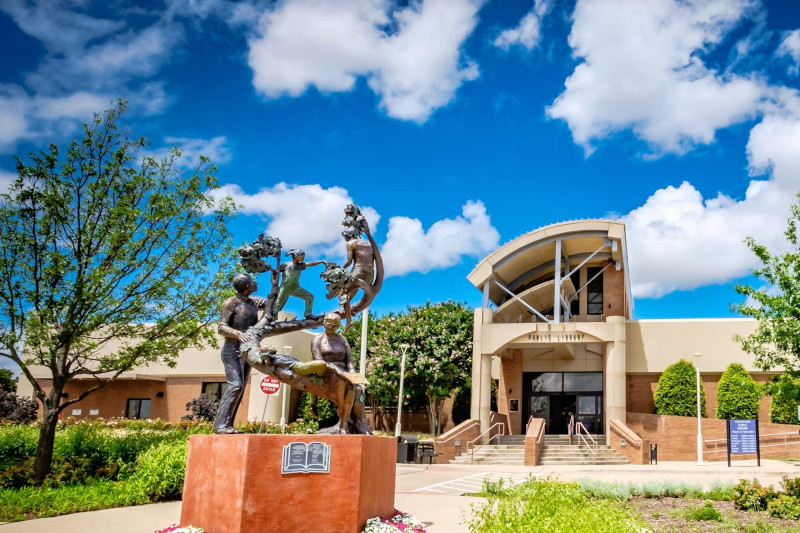
The Grapevine Public Library has been a vital part of the City of Grapevine for almost one hundred years. Today’s blog begins a history of the Library from its inception to 1950.
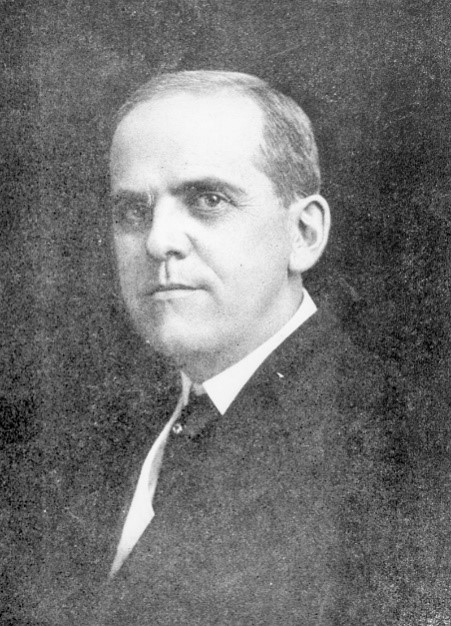
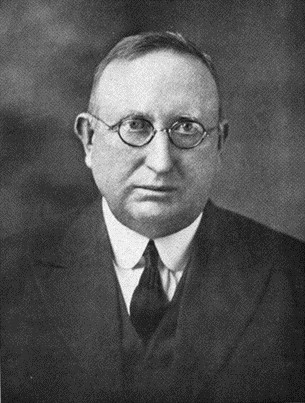
On January 10, 1921, Dr. Henry Kirby Taylor, head of the Sociology Department of Texas Woman’s College (later Texas Wesleyan University), and Henry McClellan Means, Tarrant County agricultural agent, created and brought forth the ability to establish cultural contact with rural Tarrant County through a traveling library, movie projector, graphophone or Victrola (later known as a record player), and Delco lighting system. The Fort Worth Chamber of Commerce gave one thousand five hundred dollars for a motor truck and library fitted into equipment built for rough riding over country roads. This project became known as the Tarrant County Community Library and Entertainment Cycle, and was directly supported by the communities it served. Dr. Taylor and Means were able to persuade over a dozen rural communities adjacent to Fort Worth to become a part of the Cycle, and in less than ten days, twenty-five thousand dollars was raised to each of these communities. Tarrant County citizens also contributed toward the purchase of useful books.
When the traveling library arrived in a community at a rural school, reading matter was distributed, and a librarian kept a card index system to ensure that checked-out books were returned. The graphophone would play “wholesome” music for singalongs, and a sheet would be placed on a schoolroom wall so educational motion pictures could be shown on such subjects as public health, agriculture, insect control, and travel. These events were also published the annual report of the Texas State Board of Health in 1922 to demonstrate the effects of the program on public health and hygiene.
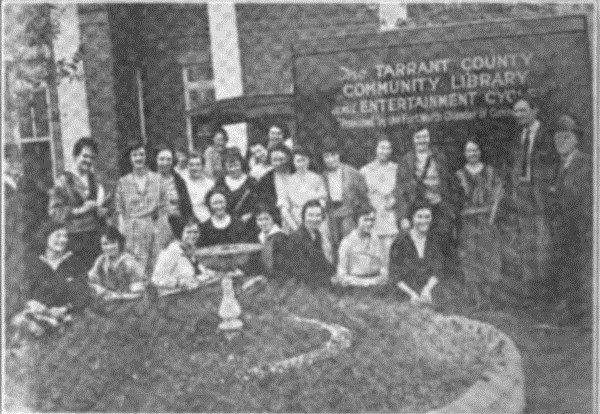
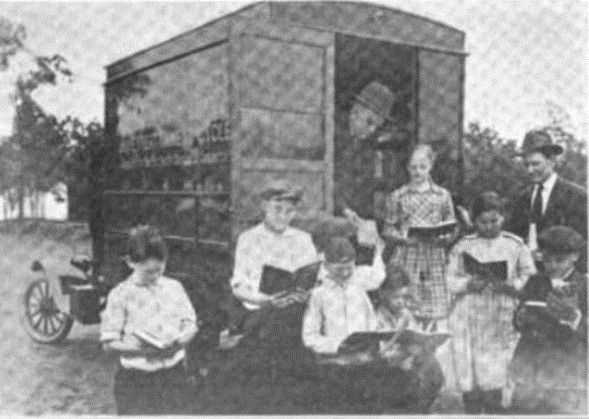
Left – Texas Woman’s College students and directors of the Tarrant County Community Library and Entertainment Cycle
Right – Distributing books at a typical rural center
In January 1921, Dr. Taylor, Means, assistant agent M. C. Counts, and five young women from Texas Woman’s College presented the Cycle program to a Grapevine audience of two hundred people. Twenty-one men guaranteed the community’s allotment of the expense and a committee was selected to raise the money. Work was carried out under the auspices of the Parent-Teacher Club under leader Mrs. G. L. Bushong. Mrs. Bushong, A. W. Willhoite (secretary), J. T. Lucas, James Harrison, J. B. Wood, and S. A. Wall served as the finance committee.
Operations commenced on Thursday, March 24, with the first stop at Minter’s Chapel, and the second at Grapevine on March 25. Each visit by the Cycle was scheduled once every two weeks. Grapevine hosted Cycle programs every other Friday evening, given by the youth of First Presbyterian Church, Fort Worth. In June 1921, one hundred twenty-five people attended and forty books were read.
Dr. Taylor reported in July that a petition was being circulated by direction of the Carnegie Library (later Fort Worth Public Library) committee, that, along with the Commissioners Court, would establish a county library, which was one of permanent objectives of the Cycle. The petition was generated by a majority of Tarrant County voters outside the City of Fort Worth. In September, Fort Worth and Tarrant County agreed to take over the system then being run by the Community Cycle and to establish about fifty substations throughout the county. Fort Worth furnished the books, and the county paid for system upkeep and for transportation of books and the librarian, whose salary was paid by the City. Every station had different collections that would rotate through the system at regular intervals. A unanimous vote by the County Commissioners on October 6, 1921 cemented the establishment of a county library system.

On February 10, 1922, Mrs. Charles G. (Jennie Scott) Scheuber and Dr. J. A. Hammack, physician, of Kennedale, appealed to the Tarrant County Commissioners Court for support of the Tarrant County Library system, an extension of the present Carnegie Library. Mrs. Scheuber asserted that ten thousand dollars would be necessary to put the system on its feet. “A library station within walking distance of every farm home in Tarrant County is the aim supported by this movement,” she told Judge Hugh L. Small. The judge said the county was in favor of a county library system but was not currently in a financial position to establish one. The Tarrant County Free Library in Grapevine was eventually organized by the Commissioner’s Court on contract with the Carnegie Library of Fort Worth later in 1922. Mrs. Scheuber, head of Fort Worth Library, was made head of the County Free Library and administered funds for the library system until 1938.
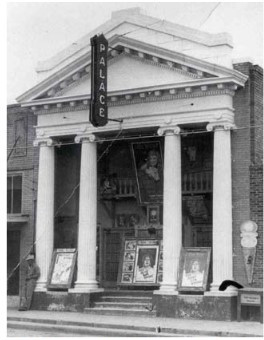
The Grapevine Branch opened on March 3, 1923. It was first located in the front corner of Farmer’s National Bank Building (Fig. 1). Mrs. Sue (Brock) Mullins was the librarian, who was paid $6.00 per month. Forty-nine registrations were made that day, including Mrs. Mullins, J. W. Brock, Mrs. Hettie Martin, W. E. Keeling, and Riley Jackson. As of the 1920 census, 821 people were living in Grapevine. Circulation for first day was forty-three fiction and nineteen non-fiction. Circulation for the month of March was five-hundred nine.
Two hundred fifty books were located in bulky, cumbersome book cases (more like stacked boxes). In January 1928, the library moved to the Tarrant County National Bank. In January 1929, the library moved from the Grapevine Motor Company Building to the Fire Boys’ Hall, a round building enclosed with glass, across from the Palace Theatre. It was approximately where the Fire Department was located in 1978. It was open on Wednesday and Saturday afternoons.
Grapevine’s population had increased to nine-hundred thirty-six by 1930 and library membership continued to grow. Grapevine citizens continued to maintain a commitment to their library. From February to May 1932, the library was able to open on Mondays, Wednesdays, and Fridays from 1 to 5 p.m. The Bay View Club, a local chapter of a nation-wide women’s literary society, paid for the extra day during February. The Woodmen of the World, Woodman Circle, held a box supper on March 10, 1932, with proceeds going toward keeping the library open.
Between July 1933 and July 1934, the Grapevine Branch exceeded all other branches of the Tarrant County Free Library in circulation. In September 1933, the Grapevine Sun reported that the library circulated 1,037 items, more than the Arlington branch, which had been considered to have the largest patronage. 1,745 books and magazines were issued to Grapevine Branch cardholders during July 1934. The library was then moved into the south half of the old Dave Lucas Building, in what had been the office of Wingate Lucas (Fig. 2, red arrow), where it stayed until about 1936.
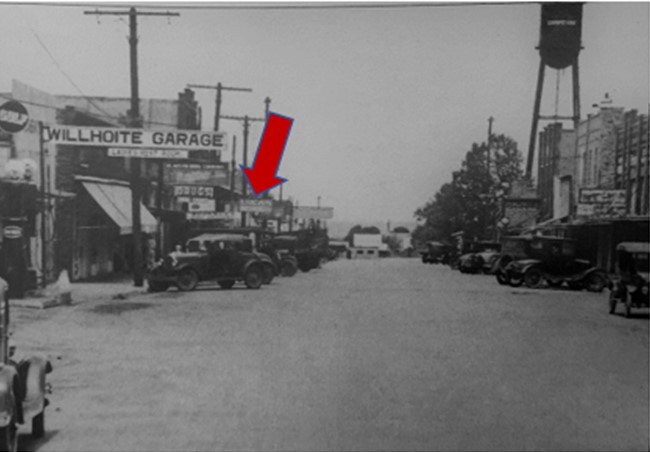
In April 1933, Sue Mullins was appointed Postmistress of Grapevine and was replaced by Mrs. Marion S. (Eunice Dell Baumgardner) Davis. Mrs. Sue (Hurst) Lipscomb helped Mrs. Davis start the first storytelling hour, held on mornings during summer. The librarian’s salary was raised to eight dollars per month. Library hours were Monday, Wednesday, and Friday from 1 to 5 p.m., and Saturday mornings. Mrs. Davis kept a scrapbook of newspaper articles she had written for the Grapevine Sun. Tables and chairs were and chairs were added to the library; Mrs. Davis’s husband Marion built the first bookshelves.
By 1934, Grapevine’s population stood at 984. In March the library circulation of books had grown to 2,263 and the City Council agreed to bear the expense of one-day-per-week library service. Both Mrs. Scheuber and Mrs. Davis knew that in the previous eleven years, there had never been adequate space for the library’s collection. Mrs. Scheuber’s hope was that the citizens would consider creating a “Community House” in a central location in Grapevine that would house a gymnasium, auditorium, and library.
Mrs. Davis proposed a motto for Grapevine citizens in 1935: “Let’s meet at the library and get something to read.” The residents took this suggestion to heart. The total number of registered borrowers was 1,032, and the Library’s circulation total for 1935 was 18,747. All worn books were being sent to Fort Worth for rebinding. Library membership continued to grow. Mrs. Davis reported in August 1936 that the last registration number was 2025, which was more than double the registration of 1933. She also noted, with some satisfaction, that a magazine vendor told her that since the library circulated so many magazines, it was keeping him from doing business in Grapevine. Mayor B. R. Wall asserted that the library was “about the best patronized library in the county,” due to the efforts of Mrs. Davis and City Council.

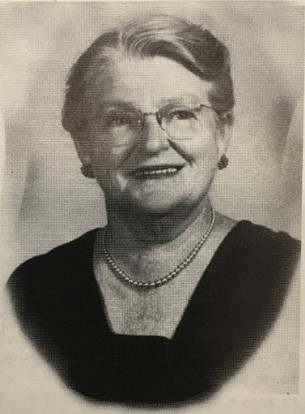
In September 1937, library hours increased to every afternoon from 12 to 5 p.m. and on Saturday from 9 a.m. to 12 p.m. The Grapevine Branch Library continued to be the busiest library in the county after the Fort Worth Public Library. Mrs. Sue Lipscomb and her mother, Mrs. Gertie (Corbin) Hurst, filled in while Mrs. Davis was on leave of absence from the library for a few months. In April, it was reported that the book Gone With the Wind was the most popular book the library ever had, and that it had been (and continued to be) on reserve for some time.
In 1938, Tarrant County was allowed $12 per month for opening the library two days per week. The Grapevine City Council paid another six dollars per month for an additional library day and paid the electric and gas utilities. The librarian’s salary was eighteen dollars per month.
By 1940, Grapevine had been a branch of the Tarrant County Free Library for seventeen years, and books and rent were supplied for free. The population reached 1,045. As of July 1940, more than three thousand books on a wide variety of subjects became available. According to the Grapevine Sun newspaper, “Those 17 years [since the library was established] have meant more than can ever be estimated to the Grapevine community, and the steady progress of library circulation indicates the growth of reading interest of the people of Grapevine.” (July 18, 1940, p. 1)
In June 1941, Mrs. Davis retired as librarian after eight years of service. Mrs. Lipscomb became the third librarian of the Grapevine Branch Library, and in July, the library moved to the Works Progress Administration sewing room at 413 S. Main (north half of City Hall, Fig. 3) across the street from the Post Office at 408 S. Main. The building burned in 1938 and was rebuilt in the early 1940s. Mrs. Lipscomb served as librarian until 1942, when she took another job, and her mother, Mrs. Gertie Hurst, assumed her daughter’s position. Mrs. Hurst established the library’s Memorial Fund.
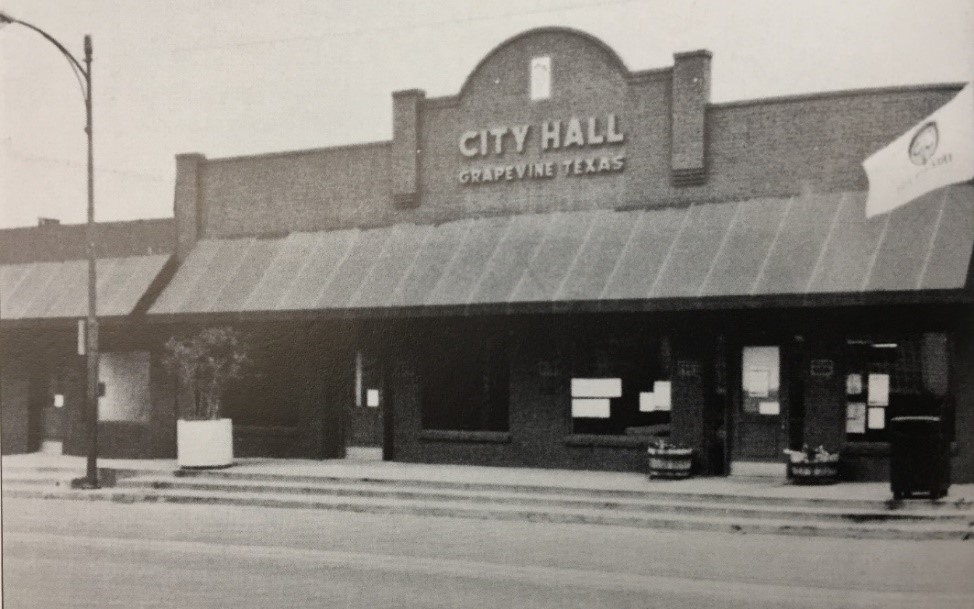
In the next blog post, we’ll continue the history of Grapevine Public Library from 1950 to 1970.


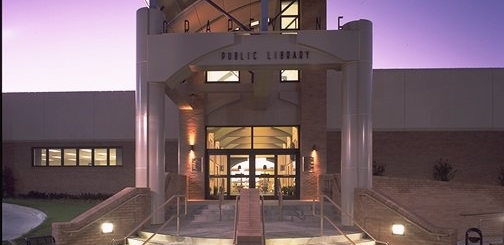

Recent Comments